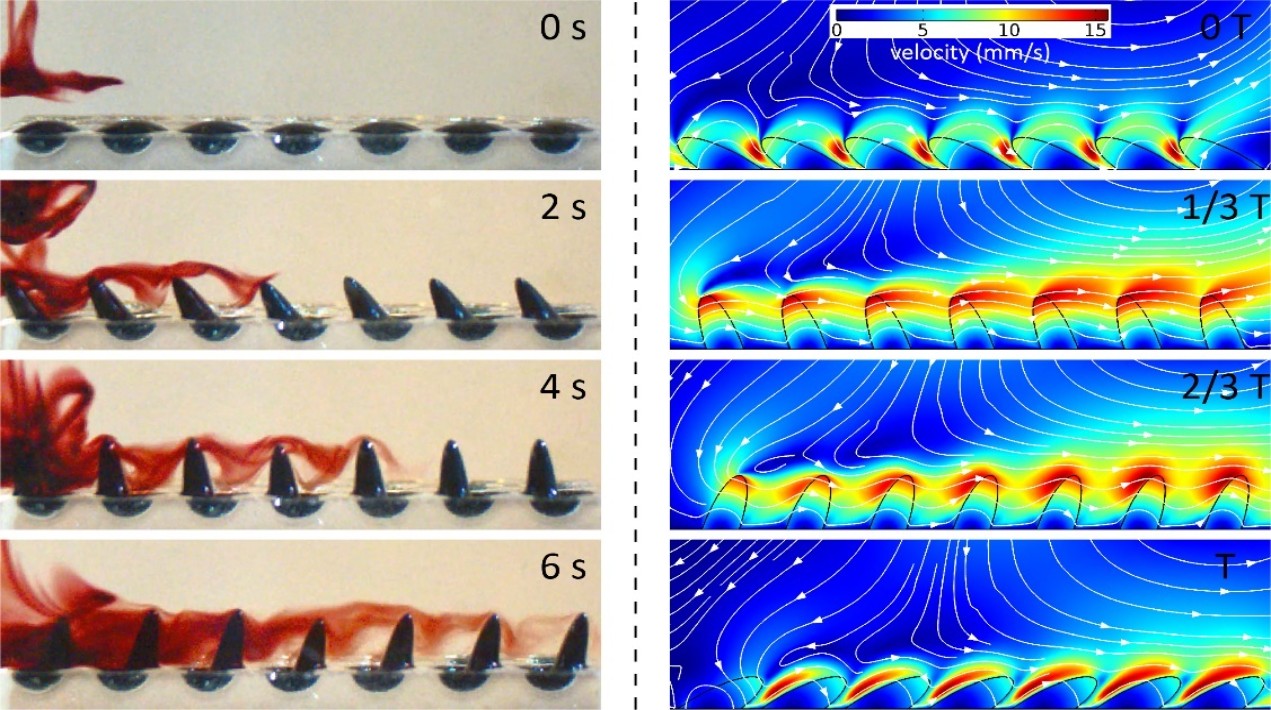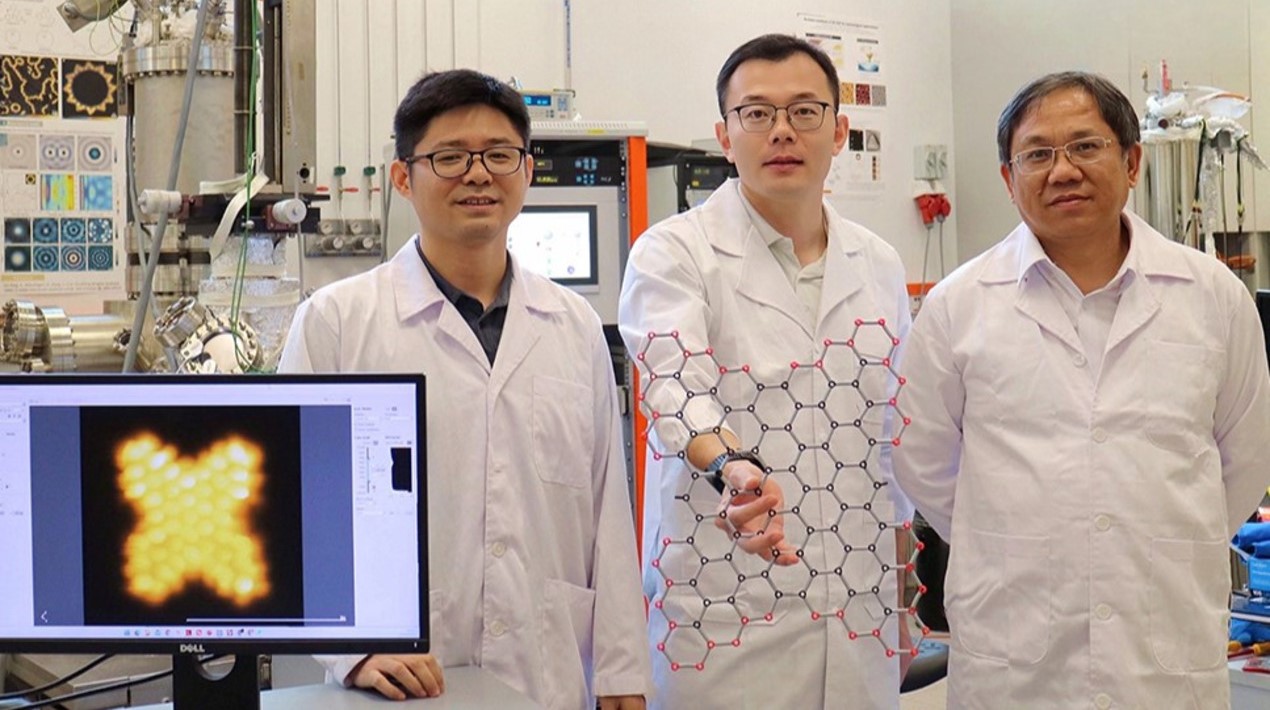
Prof. Zhang Li from CUHK’s Mechanical and Automation Engineering Department has created multi-functional small machines using three wetting traits of ferrofluids. These machines not only show improved deformation abilities but also offer various motion modes, expanding possibilities for miniature soft machines in biomedical applications.
The results of the research were published in Nature Communications and highlighted on its “Applied physics and mathematics” Editor’s Highlights site.
Amoeba-inspired soft machines that can change shape dramatically, split and join, have the potential for real-world use. These systems show promise for biomedical applications such as targeted drug delivery, minimally invasive surgery, cell transplantation, and medical catheters.
Utilising ferrofluid soft machines
Small magnetic soft machines are commonly made by combining hard magnetic particles with soft matter like hydrogels. However, their limited ability to deform makes it hard for them to move through narrow spaces like small lumens that have openings smaller or equal to the machine’s size. Thus, there is a need to discover new materials for building miniature soft machines with improved capabilities.
Prof. Zhang collaborated with Prof. Carmel Majidi from Carnegie Mellon University to create diverse soft machines using the three wetting properties of ferrofluids and their ability to change shape. These machines can perform multiple functions.
About ferrofluid
Ferrofluid is a liquid composed of tiny ferromagnetic/ferrimagnetic particles suspended in a fluid. In low-wetting states, a magnetic field can control the ferrofluid’s movement and shape, allowing it to perform various actions like stretching, jumping, rotating, tumbling, kayaking, wobbling, splitting, merging, and adapting to complex terrain. Ferrofluid droplets can also be transformed into liquid capsules to transport cargo through narrow passages like bile ducts.
Advantages of constructing small soft machines using various wetting traits of ferrofluids
Ferrofluid droplets in a high-wetting state can serve as arrays of artificial liquid cilia and move rhythmically like microbial cilia under the influence of an external magnetic field. This makes it possible to control the transport of biological fluids, like pumping blood. In a total wetting state, the droplets can form artificial liquid skins and adhere to inanimate surfaces, giving them the ability to control these objects.
The research team will concentrate on controlling substrate-wetting to switch between adsorption and detachment of ferrofluid “skin.” The use of stimulus-responsive fluids in soft machines enhances functionality and adaptability and opens new opportunities for the creation of miniature smart soft robots.
The research is funded by the Hong Kong Research Grants Council (RGC), the ITF project backed by the HKSAR Innovation and Technology Commission (ITC), the Croucher Foundation Grant, Chow Yuk Ho Technology Centre for Innovative Medicine, and the CUHK T Stone Robotics Institute.
The authors express gratitude to the Multi-Scale Medical Robotics Centre at the Hong Kong Science Park and the SIAT-CUHK Joint Laboratory of Robotics and Intelligent Systems for their support.
The global nanotechnology market was worth US$ 1.76 billion in 2020 and is expected to grow to US$ 33.63 billion by 2030, with a CAGR of 36.4% from 2021 to 2030. Nanoscience and nanotechnology deal with the study of nanoparticles and devices used across various scientific fields such as chemistry, biomedicine, mechanics, and materials science. The nanotechnology market covers the manufacture and use of physical, chemical, and biological systems and devices, ranging in scale from individual atoms or molecules to 100 nanometers.
















